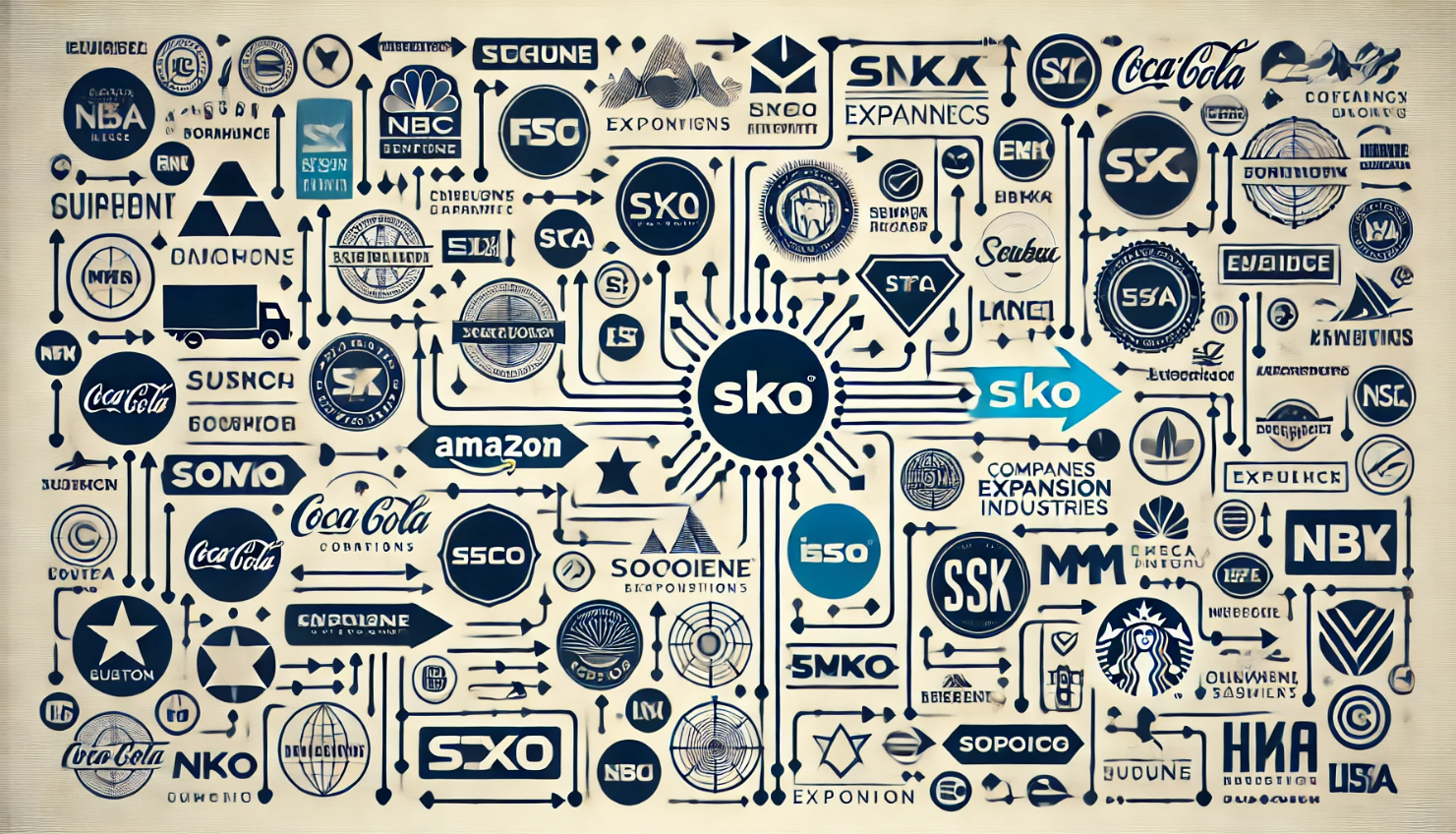In today’s interconnected business landscape, traditional industry boundaries are rapidly dissolving. Companies now face competition not just from their direct peers, but increasingly from players in seemingly unrelated sectors. This phenomenon, known as cross-industry competition, is reshaping markets and forcing businesses to rethink their competitive strategies.
Understanding Cross-Industry Competition
Cross-industry competition occurs when companies from different sectors compete for the same customers, resources, or market share. This type of rivalry goes beyond traditional industry lines, often driven by technological advancements, changing consumer behaviors, and market globalization.
For example, tech giants like Apple and Google now compete with traditional automakers in the electric and autonomous vehicle space. Similarly, Amazon has expanded from e-commerce into cloud computing, entertainment, and even healthcare, challenging incumbents across multiple industries.
Driving Forces Behind Cross-Industry Competition
Several key factors are fueling the rise of cross-industry competition:
- Technological Convergence: As technologies like artificial intelligence, blockchain, and the Internet of Things mature, they’re creating new opportunities that span multiple industries. This convergence allows companies to leverage their technological expertise across different sectors.
- Changing Consumer Expectations: Modern consumers expect seamless, integrated experiences across various aspects of their lives. This demand is pushing companies to expand their offerings and enter new markets to meet these evolving needs.
- Digital Disruption: The digital revolution has lowered barriers to entry in many industries, allowing tech-savvy companies to quickly enter and disrupt traditional markets.
- Globalization: As markets become increasingly global, companies are finding new opportunities to apply their core competencies in different geographical and industrial contexts.
Impact on Industries
The rise of cross-industry competition is having profound effects on various sectors:
- Blurring of Industry Boundaries: Traditional industry definitions are becoming less relevant as companies expand into adjacent or even distant markets. For instance, the line between technology and automotive industries is increasingly blurred with the advent of connected and autonomous vehicles.
- Increased Innovation: Cross-industry competition often spurs innovation as companies strive to differentiate themselves and capture new market opportunities. This can lead to the development of entirely new product categories or business models.
- Shifting Value Chains: As new entrants disrupt established industries, traditional value chains are being reconfigured. This can lead to the emergence of new ecosystem players and the marginalization of others.
- Changing Competitive Dynamics: Companies now need to monitor a much broader competitive landscape, considering potential threats from seemingly unrelated industries.
Case Studies in Cross-Industry Competition
- Apple in Healthcare: Apple’s entry into the healthcare sector with its Apple Watch and Health app demonstrates how a tech company can leverage its strengths in user experience and data analytics to compete in a traditionally separate industry.
- Amazon in Cloud Computing: Amazon Web Services (AWS) showcases how a company can successfully pivot from its core business (e-commerce) to become a leader in a completely different sector (cloud computing).
- Tesla in Energy: Tesla’s expansion from electric vehicles into solar energy and battery storage illustrates how companies can apply their core technologies to enter and disrupt adjacent industries.
Tools and Methodologies for Cross-Industry Analysis
To effectively analyze cross-industry competition, businesses can employ several tools and frameworks:
- Blue Ocean Strategy: This approach focuses on creating uncontested market space rather than competing in existing markets. It can be particularly useful for identifying cross-industry opportunities.
- Value Chain Analysis: By examining the entire value chain of an industry, companies can identify areas where they can leverage their strengths to enter new markets.
- PESTEL Analysis: This framework helps in understanding the broader macro-environmental factors that might drive cross-industry competition.
- Ecosystem Mapping: Visualizing the broader business ecosystem can help identify potential cross-industry threats and opportunities.
- Scenario Planning: This technique allows companies to prepare for various future scenarios, including potential cross-industry disruptions.
Future Trends in Cross-Industry Competition
As we look to the future, several trends are likely to shape cross-industry competition:
- Increased Focus on Data and AI: Companies with strong capabilities in data analytics and artificial intelligence will be well-positioned to enter and disrupt various industries.
- Rise of Platform Business Models: Platform-based businesses that can create value by facilitating exchanges between two or more interdependent groups are likely to become more prevalent across industries.
- Sustainability-Driven Competition: As sustainability becomes a key consumer concern, companies with strong environmental credentials may find opportunities to compete across various sectors.
- Personalization at Scale: Businesses that can leverage data and technology to offer highly personalized products and services will have a competitive advantage across multiple industries.
Conclusion
In an era where industry boundaries are increasingly fluid, understanding and leveraging cross-industry competition is crucial for business success. Companies must look beyond their traditional competitive set and consider potential threats and opportunities from a much broader perspective.
By employing robust analytical tools and staying attuned to emerging trends, businesses can not only defend against cross-industry threats but also identify exciting new growth opportunities. The ability to think and compete across industries may well become one of the most critical strategic capabilities for companies in the coming years.
As businesses navigate this complex competitive landscape, they may find it beneficial to seek expert guidance. For those looking to effectively communicate their cross-industry strategies to investors, partnering with the Best Pitch Deck Designers can be a valuable step in articulating a compelling vision for the future.
In the end, the companies that will thrive in this new era of competition will be those that can see beyond traditional industry lines, leverage their core strengths in new contexts, and continuously adapt to an ever-changing competitive landscape.







